Incorporation Globally
In the inaugural Address of 1961, John F. Kennedy proclaimed, “Let both sides explore what problems unite us instead of belaboring those problems which divide us.”(1) At the time, President John F. Kennedy referred to the United States and Soviet Russia as the two sides, however, the concept that humans share more than what divides them is still relevant. Unfortunately, susceptibility to illnesses is a shared human characteristic. Therefore, some counties developed unique healthcare plans tailored to suit the government type and the needs of the people. While the United States also needs its own unique healthcare system, there is still much to gain from analyzing the healthcare systems of other countries and the issues they overcame.
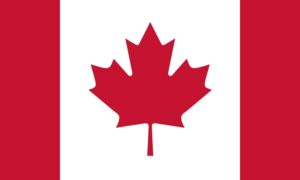
First off, Canada has an interesting health insurance system where the government finances health insurance, but the private sector delivers most of the care. General insurance is provided at the province level. Furthermore, private insurance is available to Canadians for purchase if they desire extra assistance paying prescription drugs, dentists and optometry, but almost all basic needs are covered by the general insurance. Furthermore, The government does not participate in day-to-day care or collect any information about an individual’s health and the people accessing healthcare are not involved in billing and reclaim. Overall, the Canadian government pays about 70 percent of health care costs, which is equivalent to just over 10 percent of G.D.P. on health care.
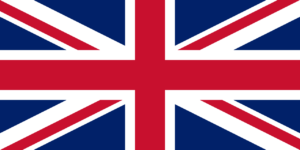
Similarly to Canada, Britain also provides broad coverage through a tax-financed system and allows citizens to purchase private insurance if they desire. Surprisingly, The British government pays around the same amount as Canada, which is about 80 percent of health care costs or just over 10 percent of G.D.P. However, not only does the British government finance care, but the government itself also provides healthcare through the National Health Service. Furthermore, Britain is often described as having shorter wait times and fewer access barriers due to cost.
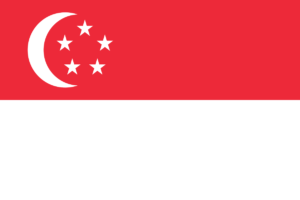
In Singapore, government-run hospital wards provide cheap basic care and more lavish care is available for purchase in private rooms. Around 37 percent of a Singaporean’s wages are placed into a mandated savings account for that individual to use to pay for health care, housing, and educational expenses. Moreover, employers are required to make a contribution to that saving account and the government controls the costs by contributing to the decisions that determine the investment in new technology. Furthermore, the Singaporean government can use its bulk purchasing power to spend less on drugs, control the number of medical students and physicians in the country, and help decide how much they can earn. Singapore’s system costs 17.2 percent but little else is known about Singapore’s healthcare costs because Singapore doesn’t release the same data as most other advanced nations. Moreover, an individual’s place on the socioeconomic ladder does affect the quality of care they receive. other counters that access and quality vary, with wide disparities between those at the top and bottom of the socioeconomic ladder.
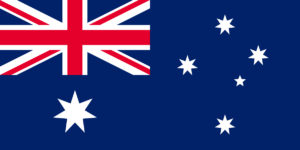
France offers more services than Australia but Australia is more cost-effective.
The Australian government pays for the expenses of inpatient care in public hospitals, including transportation and prescription drug costs. Furthermore, patients have a wide selection of services since more than half of all hospitals are public and at least 85 percent of outpatient services are covered. If it is required, patients may purchase private health insurance or pay out of pocket for anything not covered. Another important aspect of the Australian health care system is that most doctors work in groups that are paid fee-for-service. Shockingly, Australia manages to achieve its excellent healthcare system while spending only 9 percent of G.D.P. on healthcare. This places Australia in the first place when it comes to healthcare cost-efficiency.

France has a two-part healthcare system that requires individuals to purchase mandatory tax-financed insurance to cover 70-80 percent of the costs. Then, voluntary coverage can be added through jobs or means-tested vouchers, which keeps the out-of-pocket payments down. An impressive 95 percent of the population is covered by voluntary insurance on top of the mandatory insurance that applies to all. To manage the budget, The Ministry of Health controls the number of hospital beds, sets the number of medical students to be trained, decides what equipment is purchased and fixes the prices for procedures and drugs. The only downside to this system is that the French government has to dedicate 11.8 percent of the G.D.P. to finance the system. (Not that this is still much lower than what the United States spends on healthcare which is around 17 percent of G.D.P.)
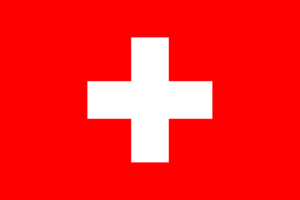
Switzerland’s healthcare system, which is an interesting blend of universal healthcare and private insurance, produces arguably the best results in the world. Under Switzerland’s system, individuals are required to purchase nonprofit insurance offered by private insurance companies and around 30 percent of people get subsidies based on income to reduce the cost of premiums. All nonprofit insurance plans are community rated and are priced according to the breadth of network, size of deductible and ease of seeing a specialist. Insurance companies are allowed to offer for-profit insurance plans that provide expanded coverage and a larger pool of doctors to choose from, but the insurance companies can refuse to insure a terminally ill individual under a for-profit plan. Payments are given to doctors on a national fee-for-service scale and the system is financed by 12 percent of Switzerland’s G.D.P.

The national public system provides 86 percent of Germans with coverage. The premiums and subsidies are determined by income with the employer contributing to the costs. This gives individuals a pool of doctors to choose from but keeps cost-sharing low. Unfortunately, cost-sharing is even lower for low-income people, people with chronic illnesses, and children. Similarly to other countries, private health insurance is available for those willing to pay but the German government regulates premiums and can raise them for individuals with chronic illnesses. After an individual joins a private insurance group, the insurer only increases premiums as a function of age, not health. Physicians are paid fee-for-service, but there is an annual cap to their payment. Both systems cost their countries about 11 percent of G.D.P.
Footnotes:
1.“Transcript of President John F. Kennedy’s Inaugural Address (1961).” Our Documents – Transcript of President John F. Kennedy’s Inaugural Address (1961). Accessed April 27, 2020. https://www.ourdocuments.gov/doc.php?flash=false&doc=91&page=transcript.
2.Carroll, Aaron E., and Austin Frakt. “The Best Health Care System in the World: Which One Would You Pick?” The New York Times. The New York Times, September 18, 2017. https://www.nytimes.com/interactive/2017/09/18/upshot/best-health-care-system-country-bracket.html.
